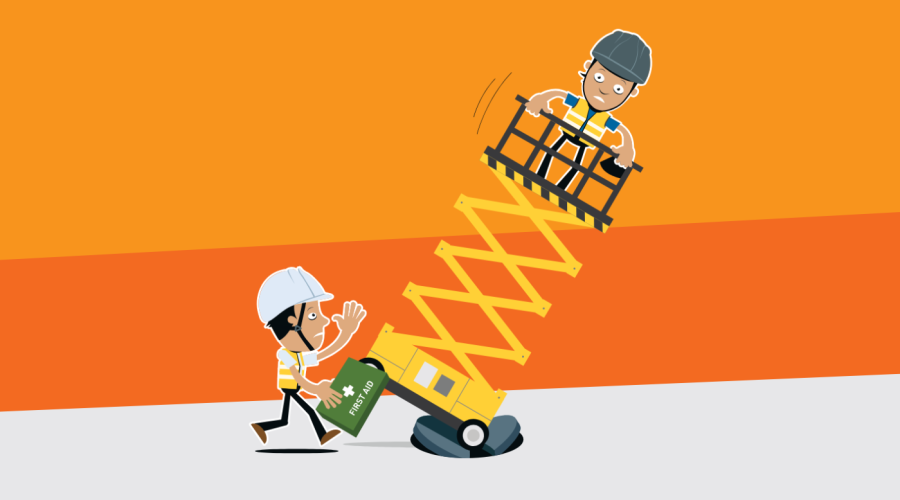Stop Overturns!

Resource also available in:
STOP OVERTURNS! - SAFETY STARTS ON THE GROUND
MEWP overturn incidents often result in serious injuries or fatalities. Instability leading to overturn is commonly among the top four causes of lost time incidents (LTIs) annually, according to global data.
Fatal overturns have increased by 50% in recent years (Jan 2021-Dec 2023).
MEWP overturns typically occur during setup, travel, or operation on inadequate or unsuitable ground or floor conditions.* They can also occur while
moving category 3A and 3B MEWPs across unsuitable terrain in either the elevated or stowed positions.
What are the hazards and risks?
Injuries & Fatalities: Risk of injury or fatality of operators/occupants or nearby workers due to falling from height or being struck by the
overturning MEWP.
Increased Liability: Companies may be legally accountable for accidents.
Emergency Services: Overturns may require recovery and rescue by the authorities, which can be complex and time-consuming.
Disruption of Worksite: Overturns can halt or delay operations and any investigations could impact project timelines.
Equipment Damage: MEWPs may be deemed write-offs or require costly repair.
Damage to Property: Overturned MEWPs can damage nearby structures, vehicles or machines, meaning repair costs and operational delays.
Psychological Impact: Incidents can cause stress and anxiety among workers affecting performance and morale.
Environmental Hazards: Spilled fuel or other hazardous materials can cause environmental damage.
How to manage and minimise risks:
- A risk assessment should be conducted during the planning phase. This must include evaluation of the ground/support structures that MEWPs
are to be positioned or travelled on to ensure they are safe. - A MEWP pre-use inspection should be carried out by the operator prior to each use.
- A ground assessment should be made by the operator prior to each use of the MEWP.
- Walk the route: if a MEWP is to travel from one area to another, the operator should identify potential hazards by walking the route prior to MEWP operation.
- MEWP maintenance: owners should keep MEWPs in a safe-to-use condition in accordance with manufacturer’s specifications and industry standards.
- Quality operator training: employers should ensure all their operators are adequately trained, familiarised.
Resources:
- The Assessment of Ground Conditions and Supporting Structures for The Safe Use of MEWPs
- SFPSG guidance on ground conditions for construction plant
- Guidance on emergency rescue
- Familiarisation and operator training (F1)
- The safe use of MEWPs when using pedestrian controls
Andy Access Material
Posters:
• Use spreader pads
• Unsafe ground?
Short Film:
• Unsafe ground?
Toolbox Talks:
• MEWP ground conditions
• Consequences of overloading the platform
• Never attach a banner to a MEWP
* According to data collated via IPAF’s global accident portal. The accident portal is a global facility where incidents and accidents can be reported anonymously. Data is analysed annually for trends and used to inform training course content, improve existing guidance and identify messages of global safety campaigns. More info at www.ipaf.org/accident